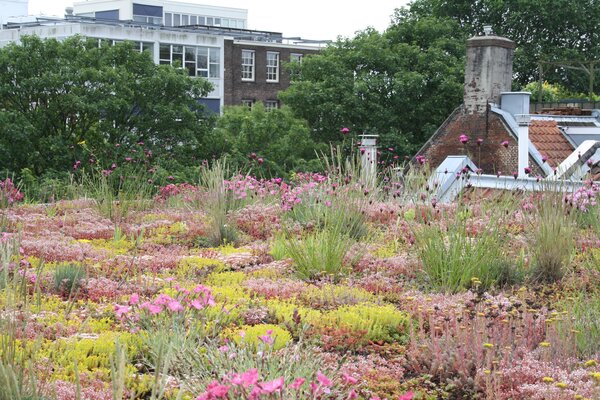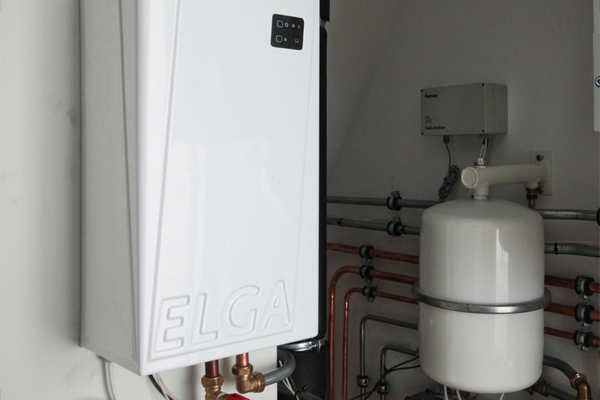
Forteiland Pampus ontvangt bijna 1 miljoen Europese subsidie voor verduurzaming
Forteiland Pampus ontvangt een subsidie van 996.00 euro van REACT-EU voor de aanleg van een volledig nieuw en fossielvrij energiesysteem.
Choose your municipality
There are several municipalities connected with The Green Menu, check whether your municipality is participating or choose for the national page.
Choose you menu card
There are several different menu cards. Choose a buildingtype down below and instantly start with the sustainable options!

The historic armored fort was built in 1881 to defend the entrance to the Nieuwe Waterweg and the port of Rotterdam. A fort was designed with heavy coastal artillery, for which the first pile was driven in the dunes along the Nieuwe Waterweg in 1881. A large deep pit was dug in which the actual Fortress was built. The most modern techniques were used for that time. In 1889 the three domes with cannons were placed, after which on September 1, 1889 the fort was officially put into use by the army.
Jurgen Beumer, owner and operator of the fort, has taken a number of sustainable measures on the fort and tells what this has brought him.
With the CO2 neutral pellet stove, we have reduced oil heating from € 60,000 to € 12,000 per year. The pellet boiler is connected to the old infrastructure of the fort. In addition, the 3 buildings above ground are also connected to the boiler, which means that the precarious rights of the gas have been canceled, which means that even more savings are made. There is underfloor heating in the offices. The ambition is to be able to have the complex climatologically in order within 3 years without fossil fuels.
The entire fort, the exhibition lighting, offices as well as the outdoor lighting, is currently equipped with LED. When we have everything turned on, we use less than a vacuum cleaner (less than 1500 watts). LED lamps with motion sensors have been installed in the new reversible toilet groups. Both Stedin and Greenchoice came to check early this year because I suddenly got a lot of money back ... ;-)
The wind is always blowing in Hoek van Holland. The natural draft, as it were, sucks the heat from the fort through these chimneys. That is why we have developed a fan that runs on solar energy and ensures that, if it is warmer than 12 degrees, the clean and dry air is blown in by means of a thermostat. As soon as it gets colder, a valve closes, creating counter-pressure in the fort, as it were, so that the boiler does not have to start. There is currently a saving of 30% on heating costs. This is also good for the moisture balance in the fort. The fort is very dry and very pleasant climatically.
Fort 1881 has its own drinking water supply, the roof serves as a natural filter. Under the fort, the water is stored crystal clear as drinking water. We will use this to bottle water and brew beer. The residue from the beer will serve as batter for the large German oven that will bake bread again in the spring.
The German oven is currently being converted to a convection oven by means of Heathers that will run on wind energy. The heat from the oven is returned to the building, which in turn will yield additional savings.
This spring, we are going to develop a city garden, in which the products that are grown by people with a distance to the labor market will be used in our restaurant.
Hybrid solar panels and wind turbines are still on our wish list.
Jurgen Beumer
info@fort1881.nl
06-42388166

Forteiland Pampus ontvangt een subsidie van 996.00 euro van REACT-EU voor de aanleg van een volledig nieuw en fossielvrij energiesysteem.

Het is 2024! Een nieuw jaar met nieuwe kansen en mogelijkheden. Er speelt in de sector altijd veel, dus handig om te bekijken wat er allemaal verandert in het nieuwe jaar. Wij hebben enkele belangrijke ontwikkelingen in de sector op een rij gezet.

If your central heating boiler fails, it is often our reflex to replace it with a similar model. From 2026, if it is up to the Dutch Government, that will be a thing of the past. Hybrid heat pumps will then become the standard for heating homes. When replacing your central heating system, you will have to switch to a more sustainable alternative. In many cases this is a hybrid heat pump, but alternatives such as the fully electric heat pump or a connection to a heat network are also possible.